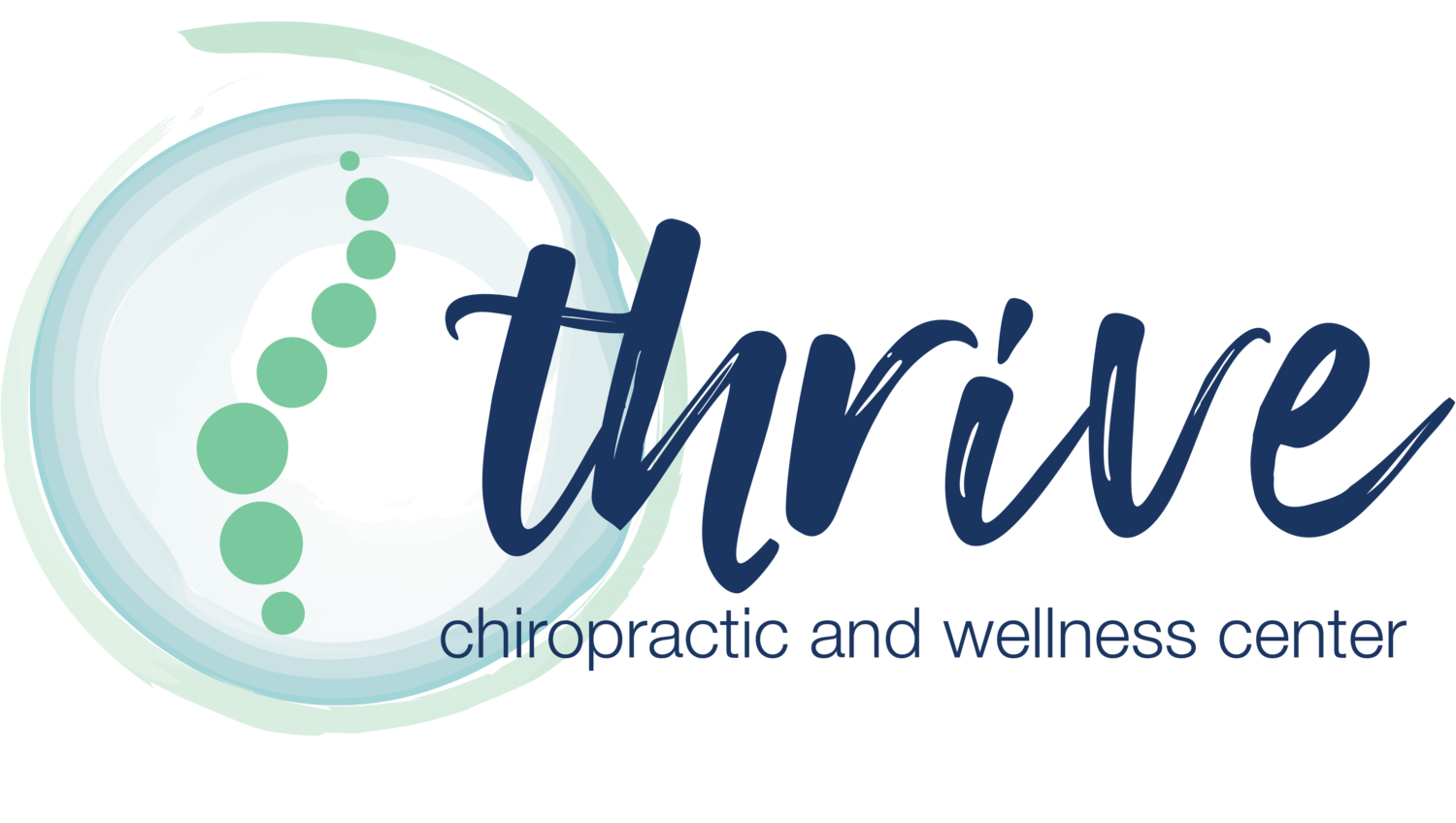Acupuncture
Acupuncture is the use of very thin, sterile needles that are inserted into specific points on the body to promote circulation and mobilize your body's natural healing and immune response.
Acupuncture Physical Medicine (APM) is a modern approach to acupuncture developed over the past twenty-five years. Inspired by French and Japanese meridian styles of acupuncture, and the trigger point teachings of Dr. Janet Travell, APM assessment and treatment takes as its basis a patient's actual experience of illness or distress. Rather than a theoretical textbook diagnosis, APM assessment of a patient focuses on palpation of the body for myofascial constrictions.
Chinese Acupuncture Traditional Chinese Medicine (TCM) is the general term for the style of acupuncture which most acupuncturists are trained in and the style which most people practice. There is a broad range of techniques used and treatment protocols. Most recent clinical studies regarding acupuncture usually use treatment techniques and/or protocols based on TCM Theory. According to TCM, the human body exists in a dynamic state of equilibrium between itself and its external environment, and among internal organs and their functions. Disease develops if the body is unable to adapt to changes imposed. Whether an illness arises depends on the strength of the body and its organs.
Japanese Acupuncture Japanese style acupuncture utilizes a systematic palpatory method designed to provide instant feedback. Using this approach, a Japanese Style practitioner follows a palpation sequence, establishing both a diagnosis and treatment options. The needling methods are shallow and virtually painless, using the smallest gauge needles.
Dry Needling is the insertion of an acupuncture needle into a trigger point or muscle knot to help break up the adhesion. The needle is a powerful tool which can be used both as a scapula to slice up the trigger point, and as a metal conductor to help the surrounding nerves stimulate pain relieving substrates (opioids and endoprhins) and stimulates actin and myocin to contract and release the trigger point.
Trigger points occur when a muscle is trying to hold and stabilize itself either because it is weak, injured, or overworked. Trigger points often occur in athletes, people with muscle imbalances, and people who do repetitive activities (musicians, office workers, or people who drive a lot). Often trigger points cause distending pain which is pain located in areas other than where the trigger point is, except when it is pressed on. A good test for a trigger point is, if you suspect it is causing a problem, to squeeze the suspected muscle knot. If it is painful when you press on the muscle knot, and the pain travels to another location, it is likely that is a trigger point.
Tui Na is an eastern style massage. Tui is “to push,” and Na is “to lift and squeeze.” Practitioners apply techniques such as rubbing, pressing, rolling, kneading, brushing, shaking, and tapotement between joints to impact acute and chronic musculoskeletal problems. Tui Na at Thrive is problem-focused and targeted at those specific areas which cause you the most pain. Tui Na does NOT include the use of needles.
To learn more, visit https://www.thriveacupuncturemichigan.com/

